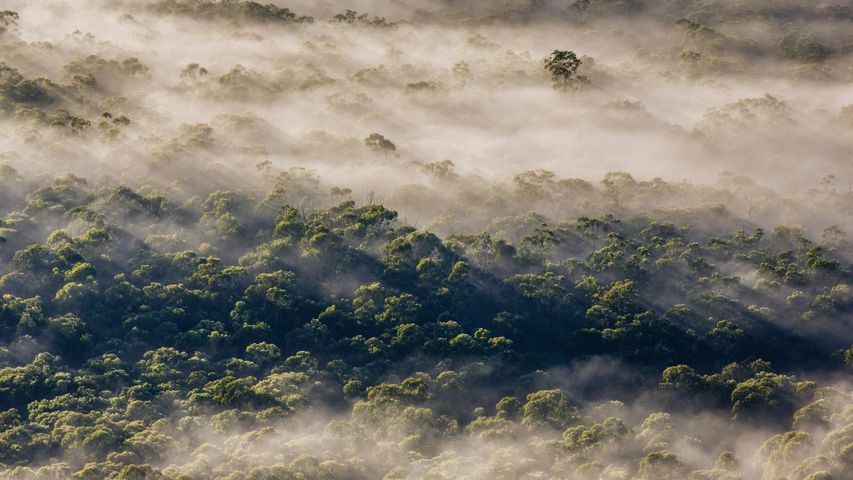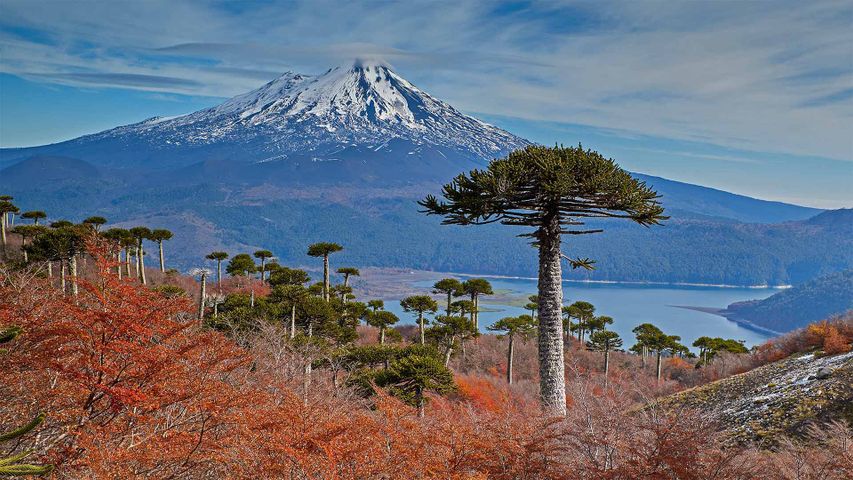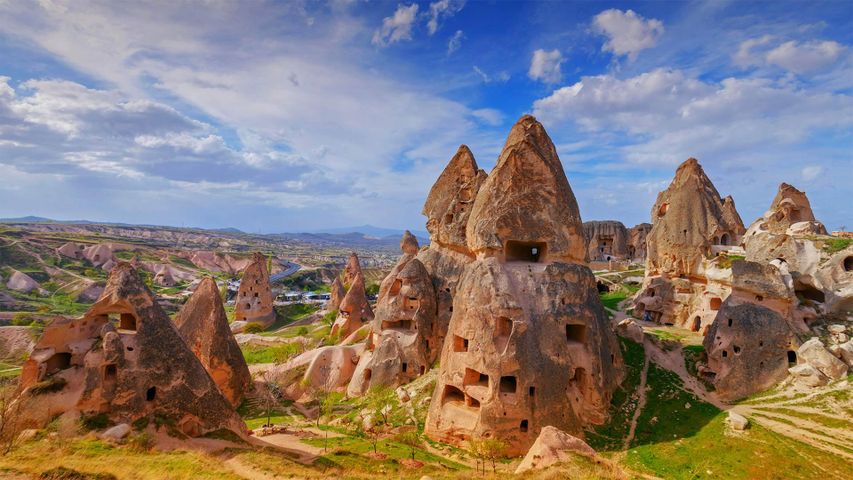Moonlight and the Milky Way over Mount Rainier in Mount Rainier National Park, Washington
© Brad Goldpaint/Cava
Happy 123rd birthday. Mount Rainier National Park
Mount Rainier is the crown jewel of its namesake national park, designated March 2, 1899, by President William McKinley. It was just the fifth national park in the United States. Beyond the mountain, the 369-square-mile park also includes valleys, waterfalls, old-growth forest, and pristine alpine meadows famous for summer wildflowers.
Rainier is considered the most glaciated peak in the contiguous US. Native Americans named it Tahoma, which translates to 'mother of waters.' Indeed, the mountain spawns five major rivers, and to this day, its snowmelt provides much of the water for the region.
Although beautiful, Rainier is also one of the most dangerous volcanoes in the world. Scientists consider an eruption in the near future to be highly probable. In addition to spewing ash and triggering landslides, a major eruption would likely cause massive mudflows, called lahars. These lahars would send a surge of mud, boulders, and debris hurtling toward the Seattle-Tacoma metropolitan area, less than 65 miles away. For now, we'll just admire the majesty of this sleeping giant and be thankful that the national park protects so much pristine northwest wilderness.
Related Images
Bing Today Images
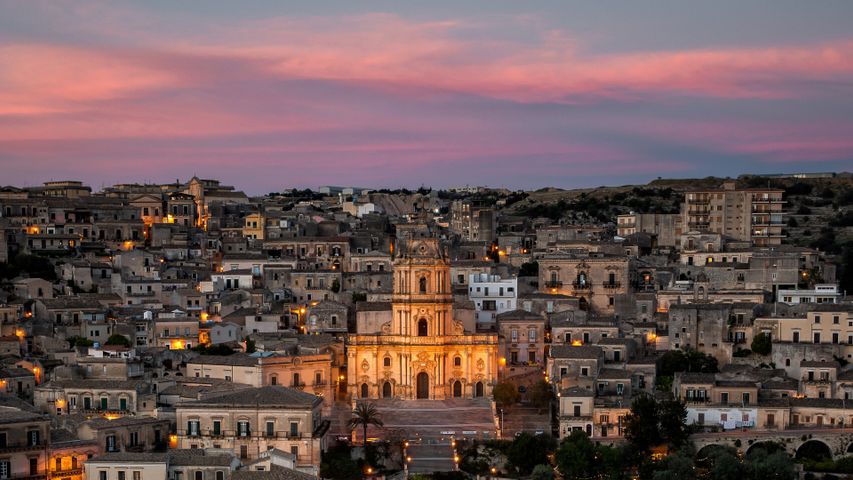
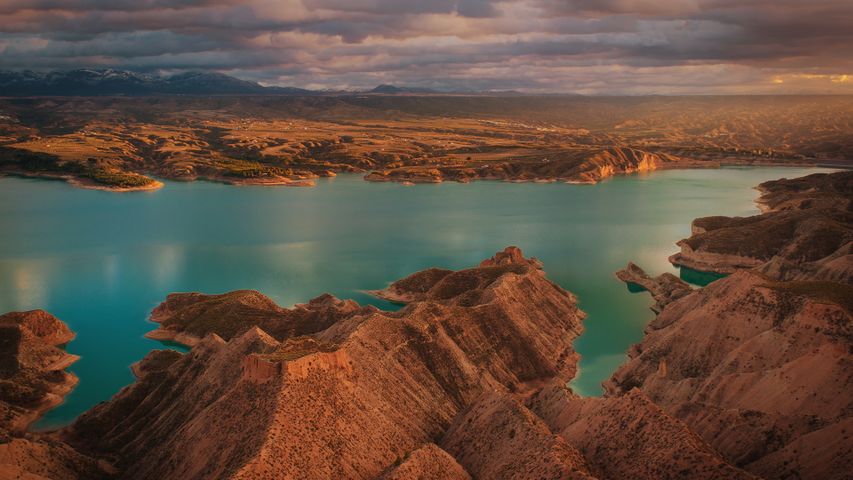
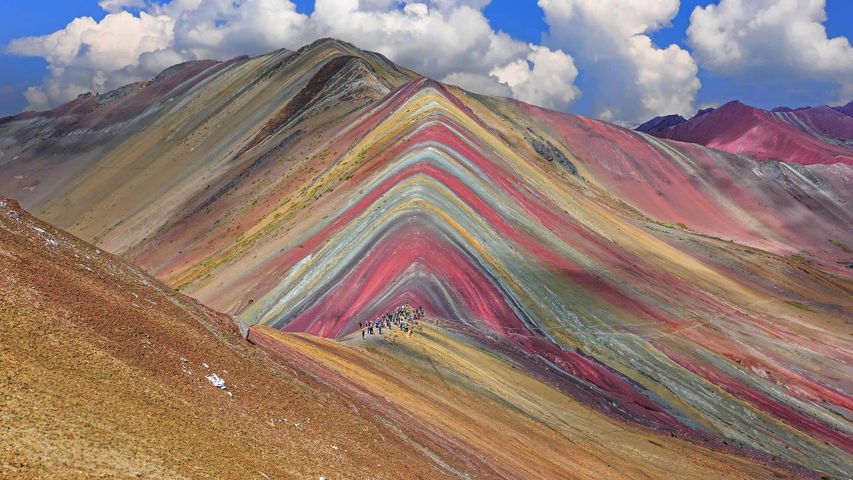
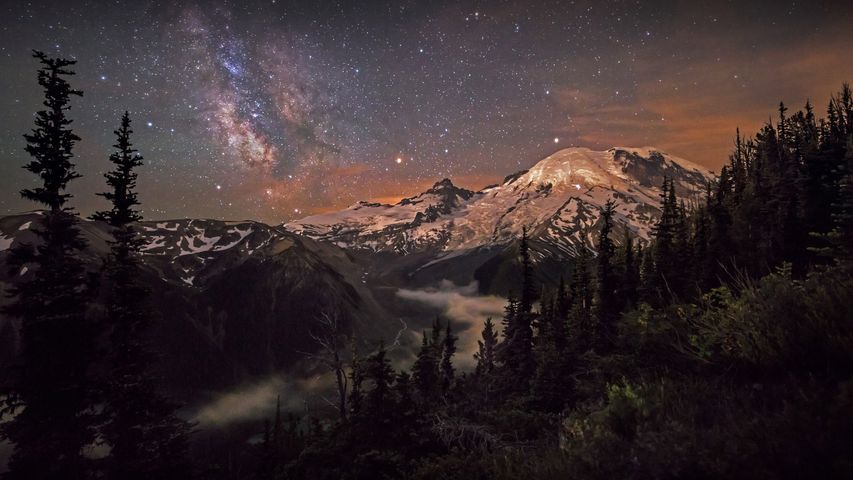
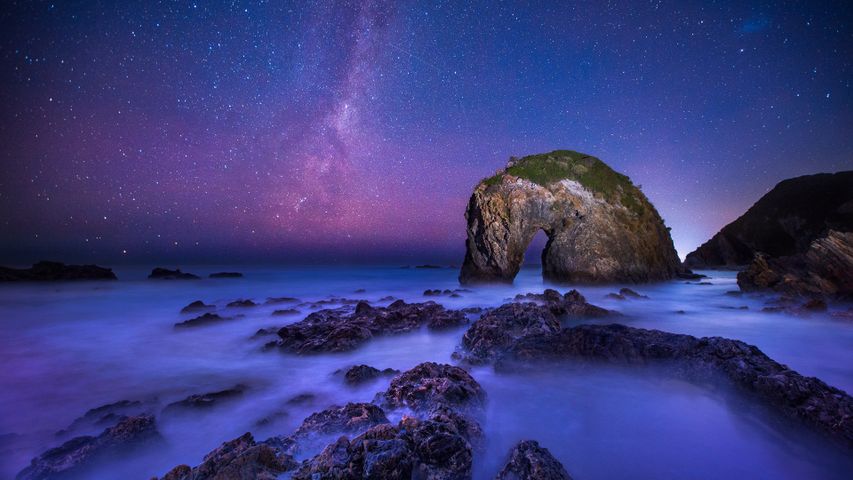 The Milky Way over Horse Head Rock, New South Wales, Australia
The Milky Way over Horse Head Rock, New South Wales, Australia
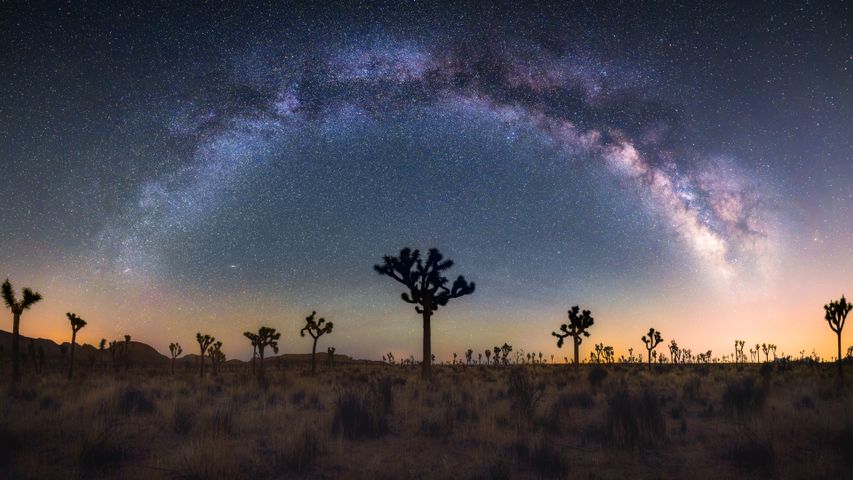 Joshua trees under the Milky Way, California
Joshua trees under the Milky Way, California
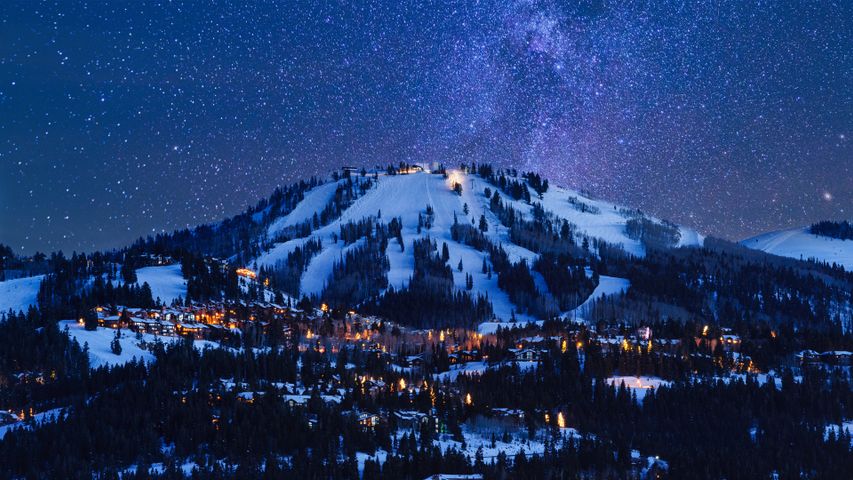 Deer Valley at dusk, Park City, Utah
Deer Valley at dusk, Park City, Utah
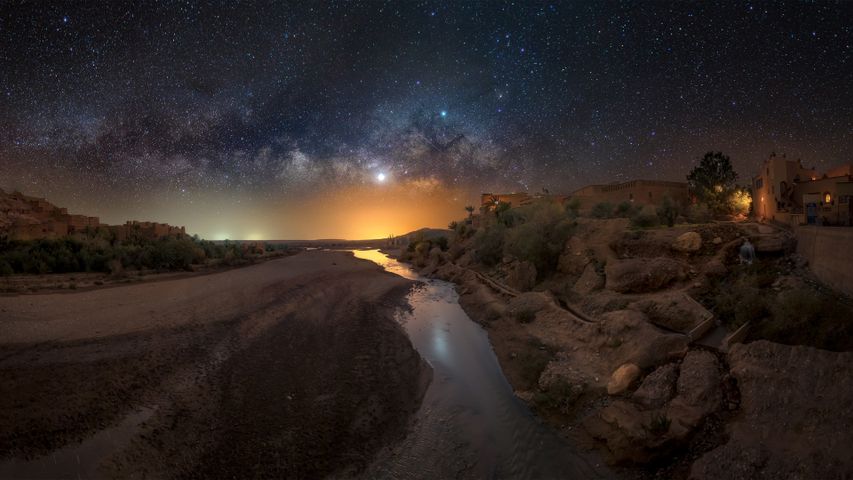 Milky Way, Aït Benhaddou, Morocco
Milky Way, Aït Benhaddou, Morocco
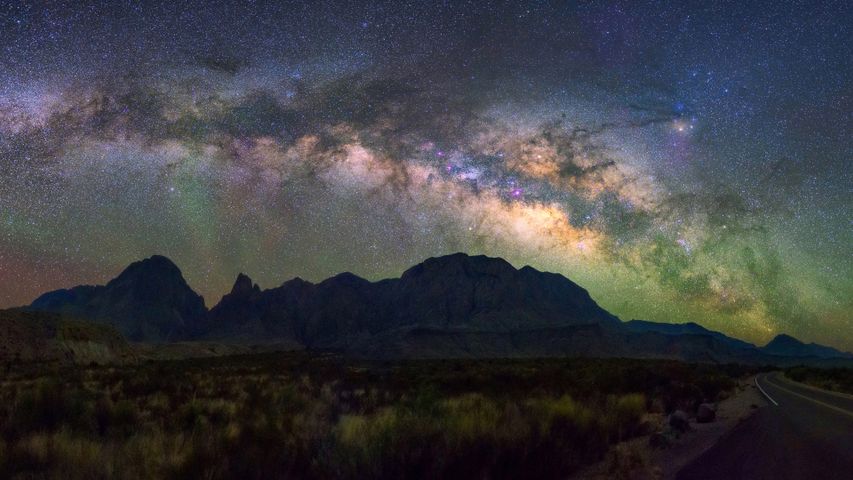 Milky Way over Big Bend National Park, Texas
Milky Way over Big Bend National Park, Texas
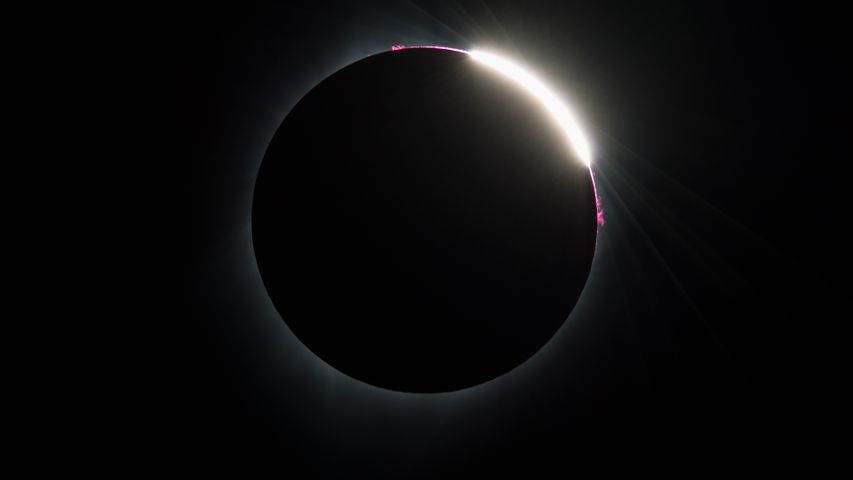 Total solar eclipse photographed from Madras, Oregon on August 21, 2017
Total solar eclipse photographed from Madras, Oregon on August 21, 2017
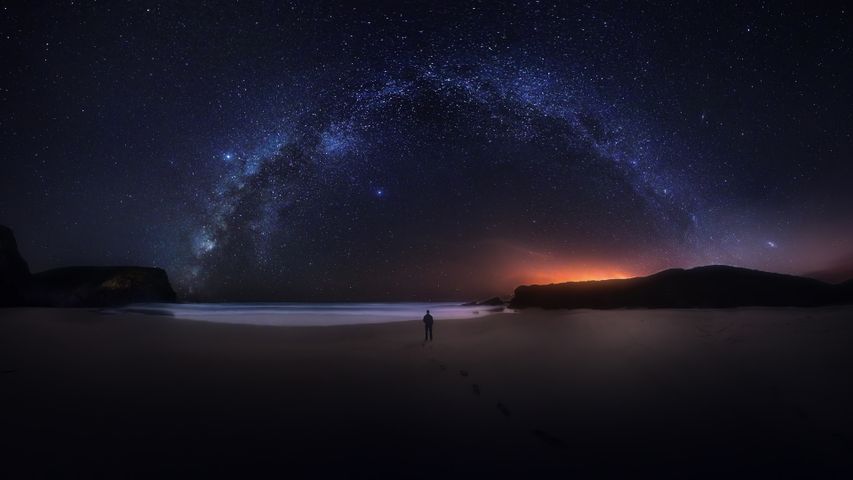 Milky Way over Southwest Alentejo and Vicentine Coast Natural Park, Portugal
Milky Way over Southwest Alentejo and Vicentine Coast Natural Park, Portugal
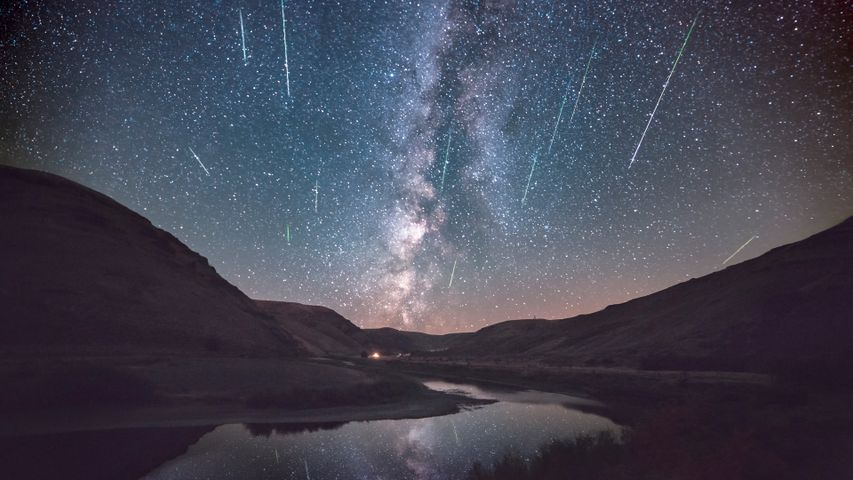 Perseid meteor shower, Cottonwood Canyon State Park, Oregon
Perseid meteor shower, Cottonwood Canyon State Park, Oregon
